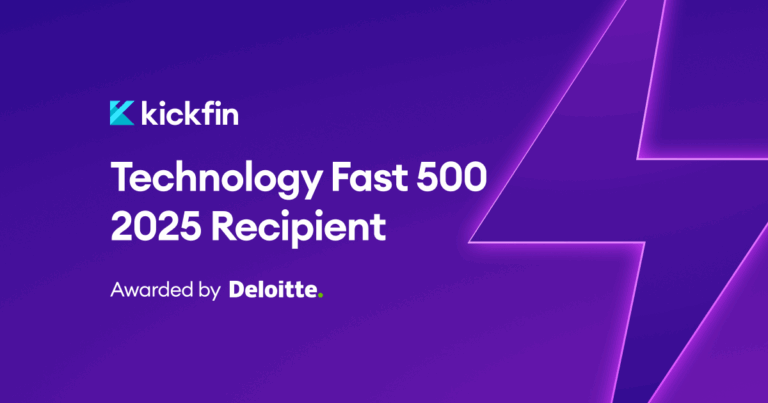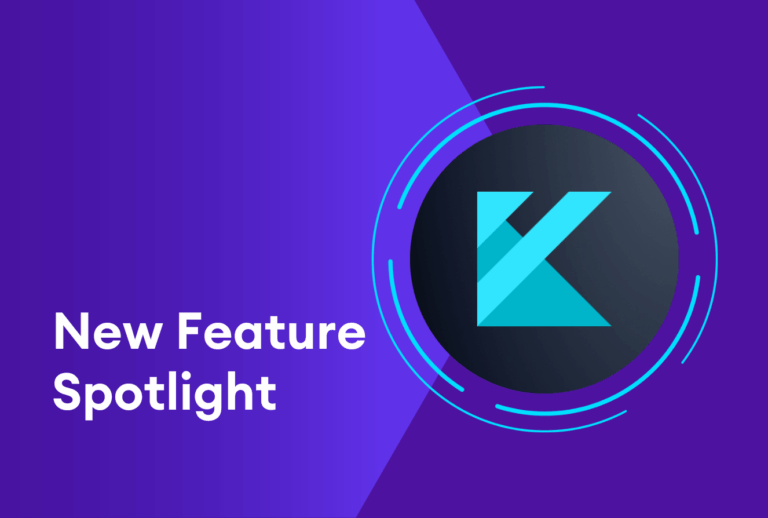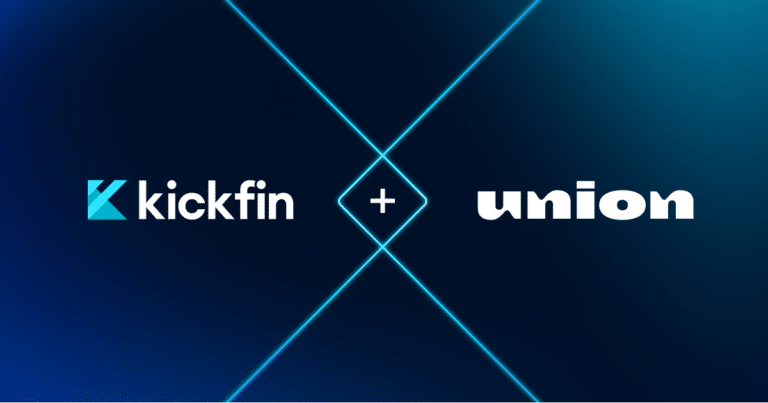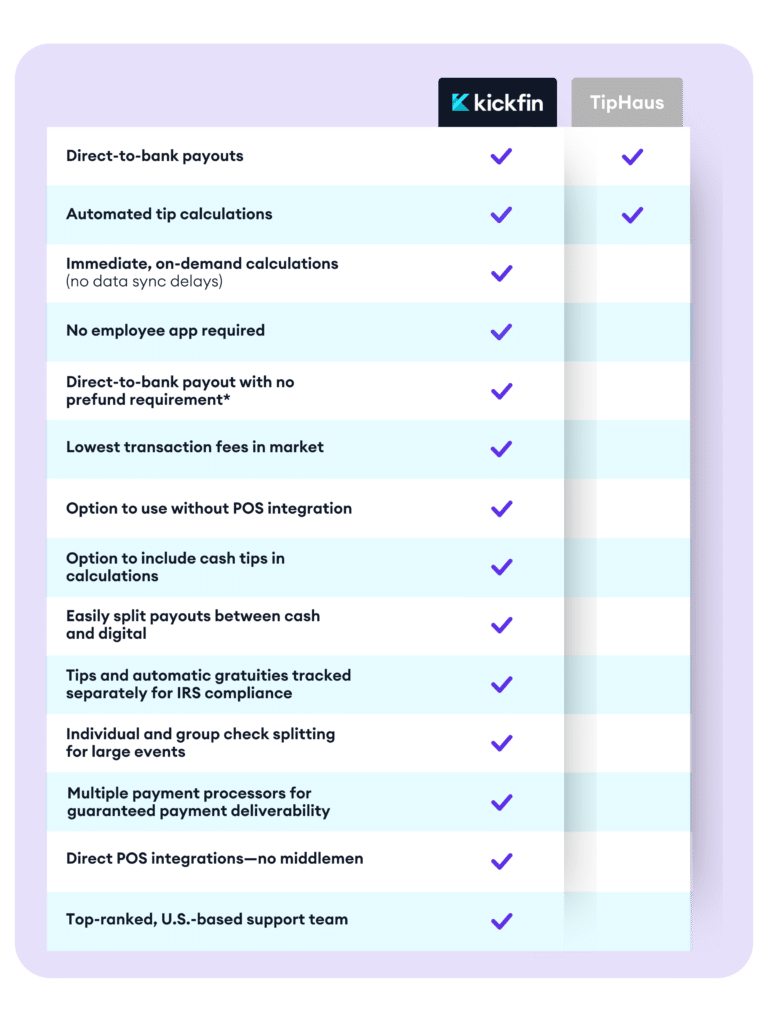In some ways, marketing your restaurant effectively has never been easier. Here in 2020, with the current digital landscape, the sky’s the limit when it comes to the multitude of tools you’ll find online to get the word out about your dining establishment.
The problem is, your competition knows this, too.
As we mentioned in our last blog post, around 30% of restaurants fail the first year and 60% after three years. That means you’ve got to come up with some pretty inventive marketing tactics for your restaurant to compete with the more than 660,000 other eateries in the United States.
Before we get into how to market your restaurant effectively, let’s talk about the importance of your marketing strategy.
Why Your Restaurant Needs a Marketing Strategy
There’s no limit to the many ways you can effectively market your restaurant. But if you don’t have a marketing plan or strategy, you’ll be wasting valuable time and money guessing at what works and what doesn’t. Here are the seven steps you need to take to create an effective restaurant marketing strategy:
- Determine your objective – Assess your current business needs and ask yourself what you’re trying to gain from marketing. Be as specific as possible. Do you want to drive more traffic? Improve your brand image or expand awareness? Become more discoverable online?
- Decide how you’ll measure success – Once you’ve decided what you’re trying to accomplish with marketing, it’s time to set some specific and quantifiable KPIs (key performance indicators) that will help measure success. Although marketing will always involve some amount of trial and error, it’s important to use data to help you understand what’s working and what’s not, so you can course correct along the way.
- Create a marketing budget – Setting your budget before you complete your marketing plan ensures you’ll stay within your limits and keeps you from spending reactively, which can get you into financial trouble. Keep in mind: time is money. Take into consideration your bandwidth to focus on marketing and whether you’ll need to outsource any support.
- Define your audience – Before you start marketing, it’s important to consider who your customers are. Think about the demographics of your current or potential customers. How old are they? What are their interests? What do they do for a living? Where do they spend their time? Knowing who your customers are and who you want to attract will help when it comes to the type of marketing you do and the messaging you use.
- Note your customers’ needs – Consider the problems or needs you’re solving for your customers — and here again, get specific. Sure, if you’re a restaurant, they’re probably hungry. But dig a little deeper: what are they looking for when they walk through your doors? Are they looking for a comfortable place to gather with friends? Do they prioritize fast service and affordability? Make a list to refer to later as you brainstorm marketing messaging.
- Identify your true strengths – Rather than generically marketing your restaurant’s assets, think about what you’re doing that really keeps your customers coming back for more and what makes you stand out from the competition. Ideally, this should align with the needs you identified in Step 5. If you currently own a restaurant, what are the aspects they like about it? Do they enjoy the atmosphere? Is it a great location? What about the service? Are you known for specific items on your menu?
- Bring it all together – Now that you have an idea of what you’re trying to accomplish, who your customers are, and your competitive strengths as an establishment, it’s time to put all of it to use by launching your restaurant marketing campaign.
5 Effective Restaurant Marketing Ideas and Tactics
You have a restaurant marketing plan; now it’s time to implement it. Here are 5 tactics and tools you should consider using to reach your key audiences:
1. Tap into social media
This is probably a given. Though there are plenty of social media platforms out there, Instagram is the best for marketing your restaurant, and Facebook comes in a close second. Posting high-quality photos of your dishes and drink offerings is the way to go, along with short videos of your friendly staff and events going on at your eatery. Here’s a great guide to get you started.
2. Build a website or online store
In 2020, a clean, professional-looking website is a must. A website makes it easy for your current and potential customers to find you. Items to include on your website are high-quality images of your establishment and the food, along with contact info and location, a current and scannable online menu, online ordering capabilities (especially during Covid) and if you really want to get people talking, an online store with cool swag.
3. Invest in SEO
Building a website is one thing; making sure people actually discover you online is another.
Let’s say you’re a pizza chain in Philadelphia. If someone performs a Google search for “best pizza in Philly,” you want to make sure you show up at the top of those search results. Take time to research guidelines and best practices as you’re building your site and putting content on it — or consult an expert to help you optimize.
4. Leverage word of mouth
Speaking of people talking, according to Atlanta-based word-of-mouth marketing agency Fizz, 76% of Americans don’t believe ads, 92% say word of mouth is the best source for product ideas and 15% of every conversation includes a branded product or service. Word of mouth is exactly what it sounds like: people talking about your restaurant to other people.
Though it can be done in-person (with the right strategy), it can be done online as well. Think about when you shop on Amazon. How often do you read the reviews for products in which you’re not familiar? Most likely, quite a bit.
A great customer review on Yelp!, social media or even on your own website can increase your traffic exponentially. Because everyone at some point asks for restaurant recommendations, whether they’re travelling or they’re just tired of the same old place in their own town.
Keep in mind, though, to pull off word-of-mouth marketing you need a strategy. If you want to learn more, Fizz even has a book.
5. Create a loyalty program
This is a great tactic if you’re trying to build up repeat business. While there are a variety of software platforms that make this easy to do — in fact, your POS or restaurant management software may have a built-in capability — you can also make it as simple as having a punch card.
How To Measure Success: Restaurant Marketing KPIs
You’ve got your tactics and strategy; now you need to measure your results. To do this, you’ll need KPIs. Otherwise known as Key Performance Indicators, KPIs are measurable data to help you see how well your restaurant marketing strategy is working. They help you quickly determine which tactics are working and which aren’t so you can revise your strategy as you go along. Go beyond revenue; a few KPIs to keep track of when marketing your restaurant include:
- Website traffic
- Social media traffic and interactions
- Customer reviews
For an in-depth look at these and more KPIs, here’s a great guide.
Effective Restaurant Marketing in 2020: Get Creative
In 2020, there are more marketing channels and tools at your disposal than ever before. But there’s also more competition. That means you’ve got to get creative and let your KPIs be your guide. Remember: stay true to your brand, keep your audience front and center — and get marketing!







